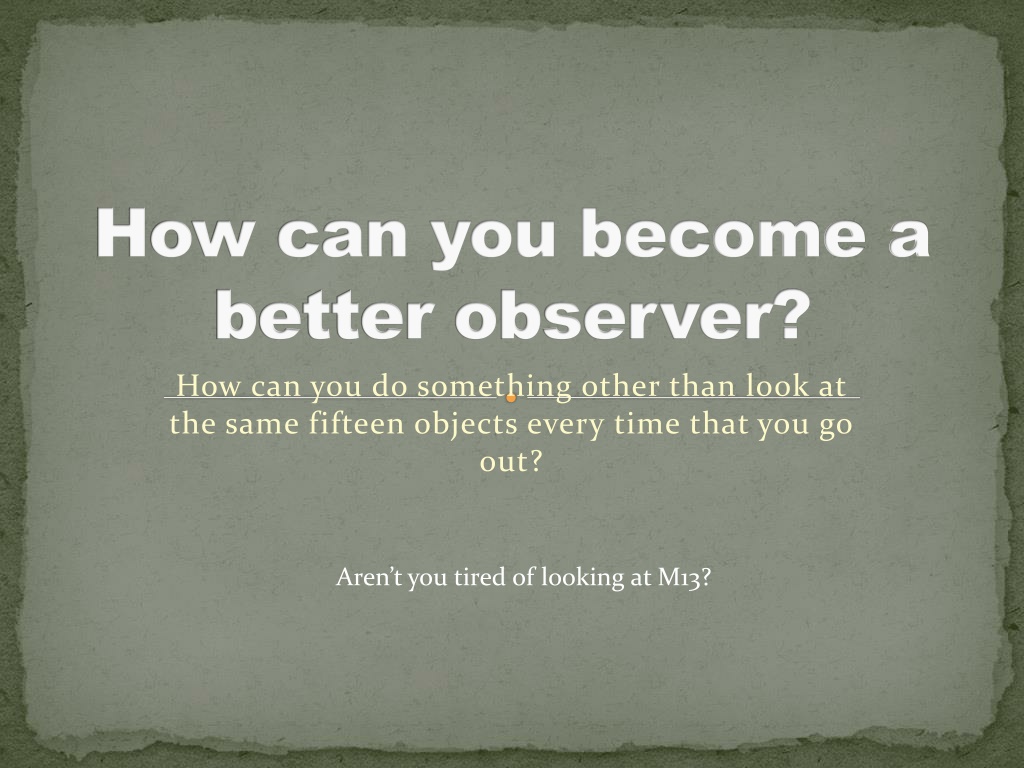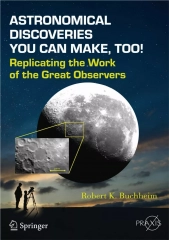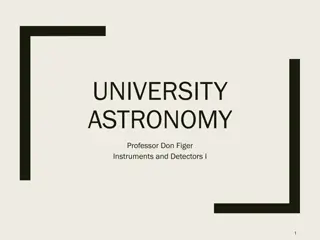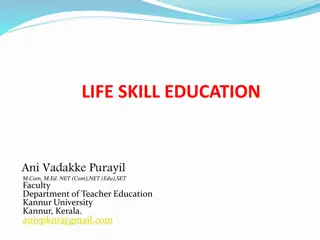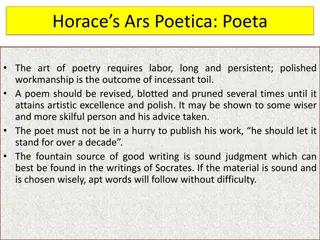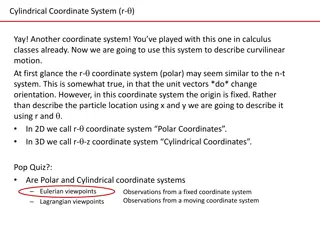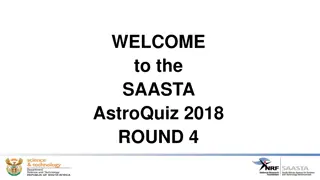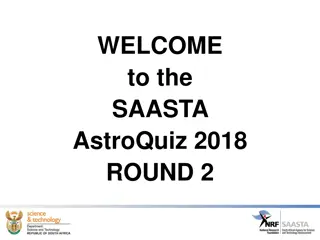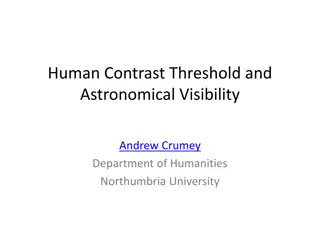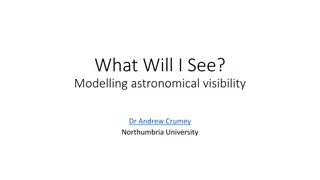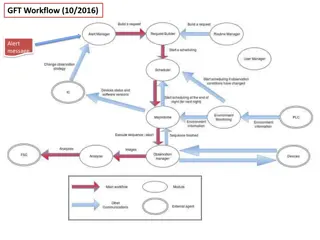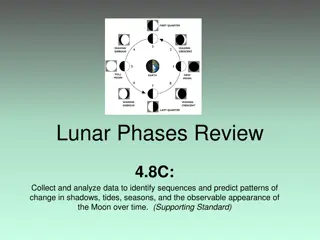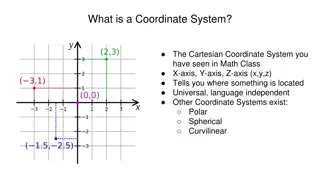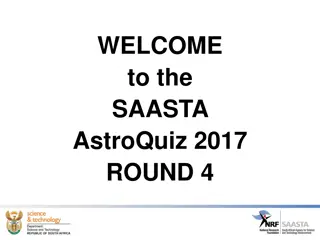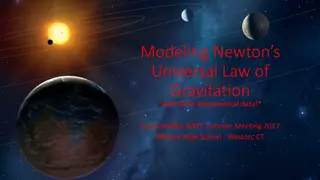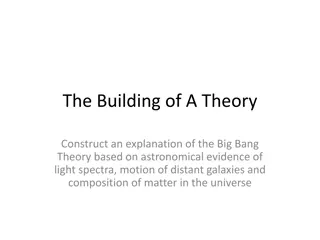Enhancing Your Skills as an Astronomical Observer
Elevate your observational skills by learning to explore beyond familiar objects like M13. Discover techniques for selecting, locating, and observing various celestial bodies, aided by observing lists, star atlases, and different telescope types. Understand the importance of aperture and delve into the fascinating world of deep-sky observing. Unleash a whole new realm of stargazing possibilities beyond the ordinary night sky.
Download Presentation

Please find below an Image/Link to download the presentation.
The content on the website is provided AS IS for your information and personal use only. It may not be sold, licensed, or shared on other websites without obtaining consent from the author.If you encounter any issues during the download, it is possible that the publisher has removed the file from their server.
You are allowed to download the files provided on this website for personal or commercial use, subject to the condition that they are used lawfully. All files are the property of their respective owners.
The content on the website is provided AS IS for your information and personal use only. It may not be sold, licensed, or shared on other websites without obtaining consent from the author.
E N D
Presentation Transcript
How can you become a How can you become a better observer? better observer? How can you do something other than look at the same fifteen objects every time that you go out? Aren t you tired of looking at M13?
Learn how to select objects to see. Learn how to find them in the sky. Learn how to see them in the eyepiece.
Few lists are more difficult than this one! This book is chock full of finder charts ..
Whether or not you are a skilled observer does not depend on your telescope . .. any telescope of reasonable quality can be used . An SCT, a Dobsonian, or a refractor . although each may present its own difficulties and advantages. Keep in mind that the most important feature of a telescope used for deep sky observing is its APERTURE.
Consider that a naked eye view of the sky will reveal stars to magnitude .. six or seven under ideal (seldom seen) conditions . often only magnitude five. Mag five is the same view as that provided on Orion s DeepMap 600. A glance at that chart reveals the problem that most of what we see when we look at the sky at night is open space?
A mag 7 Star Atlas shows more . as this page from Sky & Telescope s Pocket Star Atlas, a popular accessory, demonstrates. Again, M100 is E of Denebola, but there are many mores stars to guide our telescope to targets.
Mag 7 Star Atlas- M100 is E of Denebola
Here is the same area, this time from Uranometria, another popular atlas. The stars here are as dim as Mag 9.7. Denebola is off the chart to the West (right). M100 is seen in the upper left quadrant. A few more stars are seen for navigation, but there are large areas where there are no stars at all. Few, if any of the stars in the square A13 would be visible to the naked eye.
Here is a Mag 11.5 chart from Uranometria .. There are a limited number of these in the atlas, covering only the most crowded areas. M100 is at the top right. There are many more stars for guidance, but many areas are still without navigational (starhopping) aids.
This is a page from the Herald-Bobroff Astroatlas, a hard- to-find book with charts as fine as Mag 13, such as this one. M100 is in the center. As you can see, there are enough stars to get almost anywhere with ease.
Of course a mag 13 star is awfully hard to see. Here is a chart which shows just how hard.
The infamous IC 289. Also known as I don t see 289
Youve got it in the eyepiece .. Now how do you see it???
Telescopes are like musical instruments. It takes time to learn to play them well . Gary Seronik
You can learn the principals in a few minutes .. Have all the basic strategy demonstrated in a few minutes . But it takes lots of experience to learn how to apply these strategies in different situations. Jay Reynolds Freeman
Patience and Persistence How many times will you go back to look for IC 289, for the Horsehead, for King 25, for Seyfert sSextet?
Dark Adaptation Stray light Avoidance
Focus Critically Change Magnification Employ Filters
Breath Deeply Move Scope Don t Move Scope
Dont forget these CRUCIALitems: Warm Clothes Red Lights An observing chair A table A logbook!
You dont think that observing skills are learned and practiced? Go observing with _______ or ________ sometime, and you ll see.
